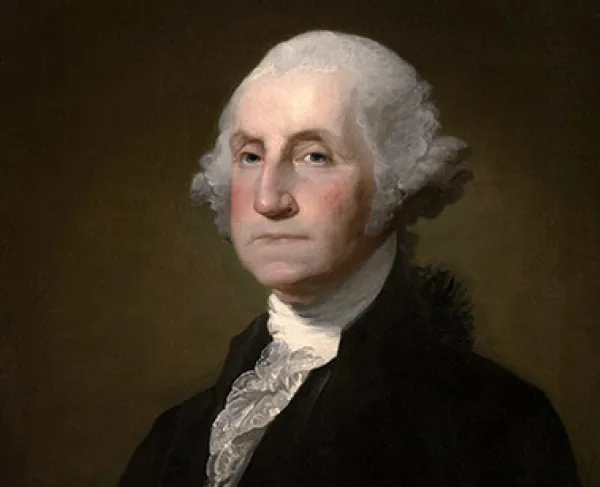
Monongahela
Braddock's Defeat
Pennsylvania | Jul 9, 1755
Great Britain was determined to respond to France’s military expansion in the Ohio River Valley. Though the surrender at Fort Necessity in 1754 was a setback for the British, it did not deter them from asserting influence on the land they believed belonged to the Crown.
The British strategy in North America in 1755 was not solely focused on the Ohio River Valley. Instead, British regulars and provincial troops were to attack regions occupied by the French in western Pennsylvania, Nova Scotia, and upstate New York. The main offensive would be against Fort Duquesne, situated at the Forks of the Ohio where the Ohio, Monongahela and Allegheny Rivers meet (modern-day Pittsburgh). The man tasked with this thrust was Major General Edward Braddock, a career army officer who arrived in North America in February 1755.
Braddock and his force totaling 2,400 marched from Alexandria, Virginia, to their destination of the Forks of the Ohio. A “flying column” of 1,400 were sent forward to strike the enemy, but because they moved so fast, they were about sixty miles away from the rest of the army. Braddock and his force indiscreetly crossed the Monongahela River and a hand-picked group of men moved forward on the road under the command of Lieutenant Colonel Thomas Gage.
2,100
900
Gage was only several miles from Fort Duquesne when his force was ambushed by 900 Canadian marines, militia, and French-allied Native Americans, led by Captain Daniel Beaujeu. The two forces collided and Beaujeu was killed, spreading confusion amongst the Canadians. However, the Native warriors took over by taking cover within the woods on both sides of the road and the British column crumbled. As they retreated, followed by their enemy, the British collided with second half of their column who were pressing forward. The fighting lasted for several hours, even after Braddock was severely wounded.
1,000
90
The defeated British withdrew to Fort Cumberland. Braddock died on July 13th. He was buried in the middle of the road, his grave lost until 1804 when workers were digging up the road and found his remains. One of the few officers to survive the battle was George Washington, left unscathed despite being in the thick of the action and showed great ability both during the battle and the retreat. With Colonel Thomas Dunbar now in command of the army, the British pulled back to Philadelphia. Several years later the British would try again, this time succeeding in ousting the French from the Forks.
There were several reasons why the British were overwhelmed so easily by the French and their Native allies. First, Braddock had very few Native guides of his own, due to how Braddock himself treated a party of Native he met with.
Second, the British crossed the Monongahela River with no desire for secrecy, thus giving the Native scouts under the French ability to track his force with ease.
Third and foremost, during the battle the British forces tried to assemble their troops in the European style fighting of lines. in the Western Pennsylvania woods, this was a grave mistake as their enemy did not use this way of fighting, rather they used trees and rocks for cover. This worked perfectly for the Natives along the road.
Monongahela: Featured Resources
Related Battles
2,100
900
1,000
90







